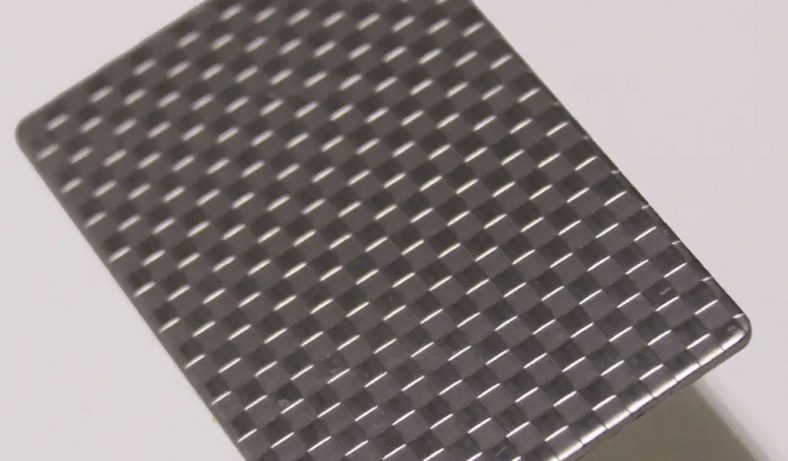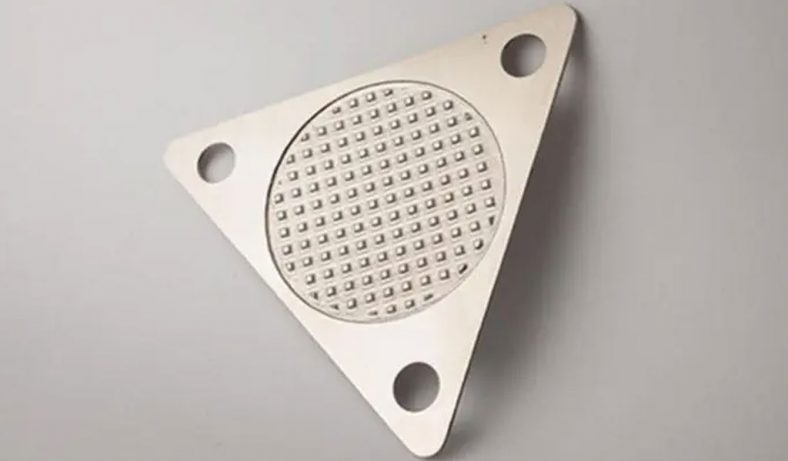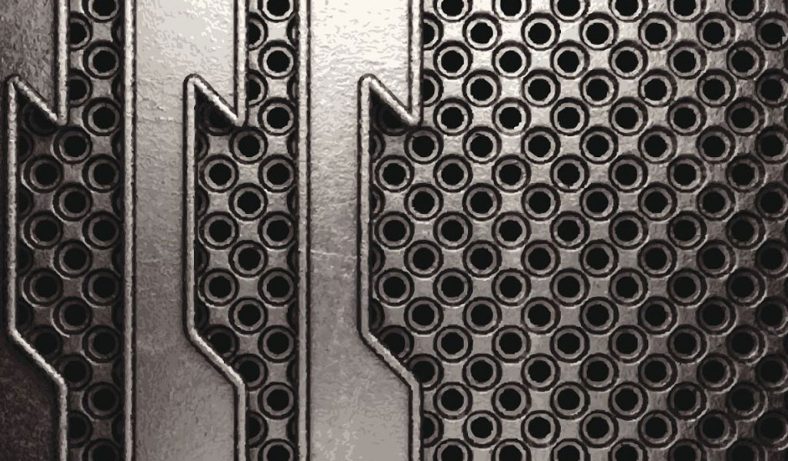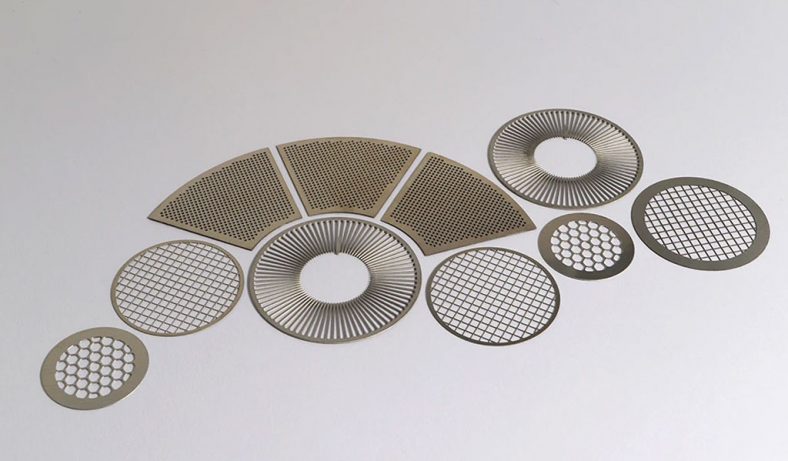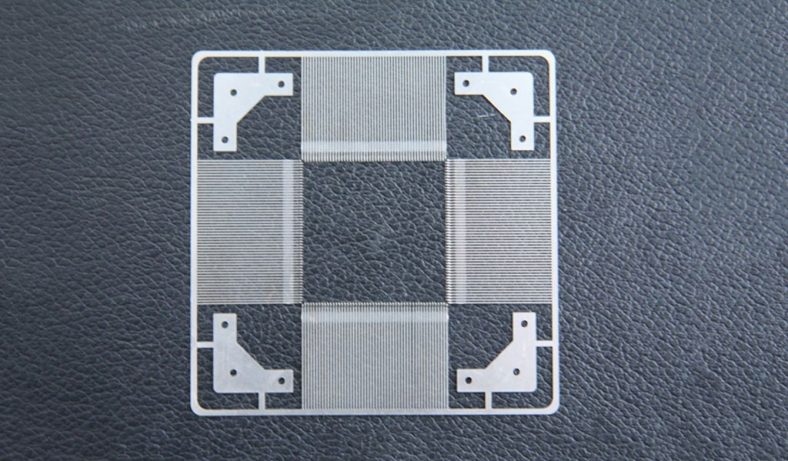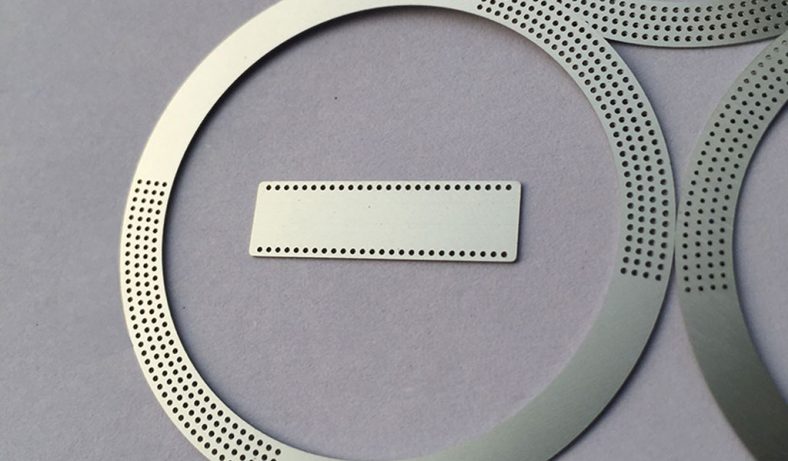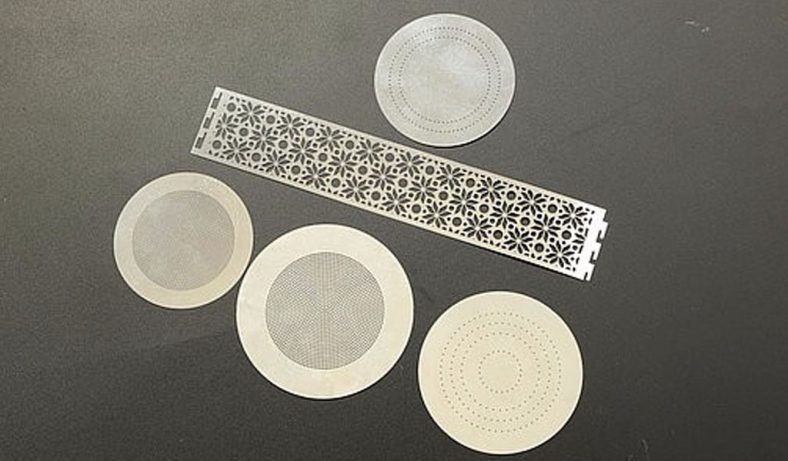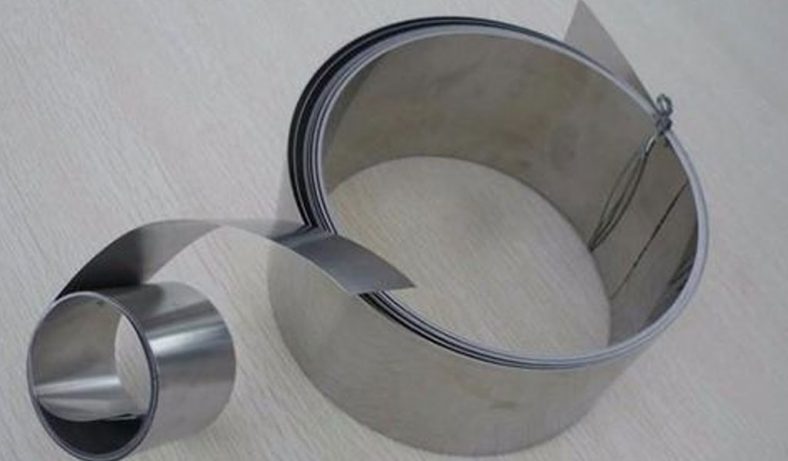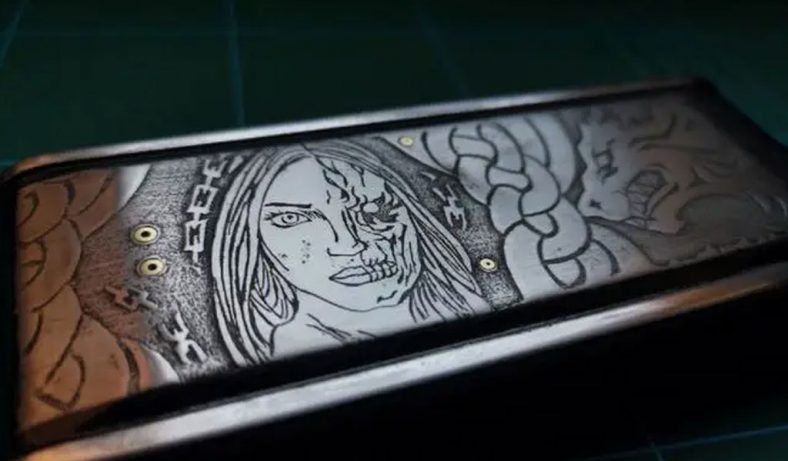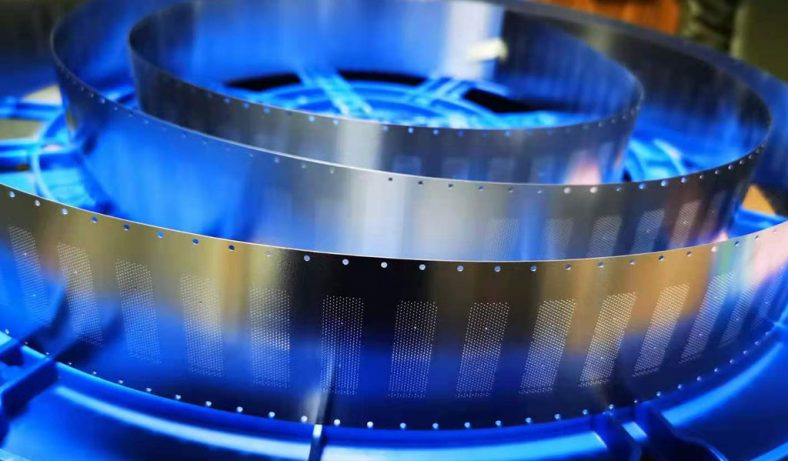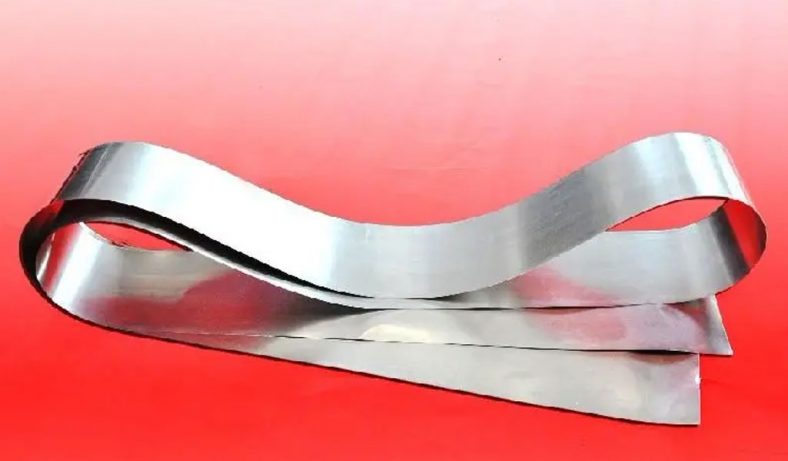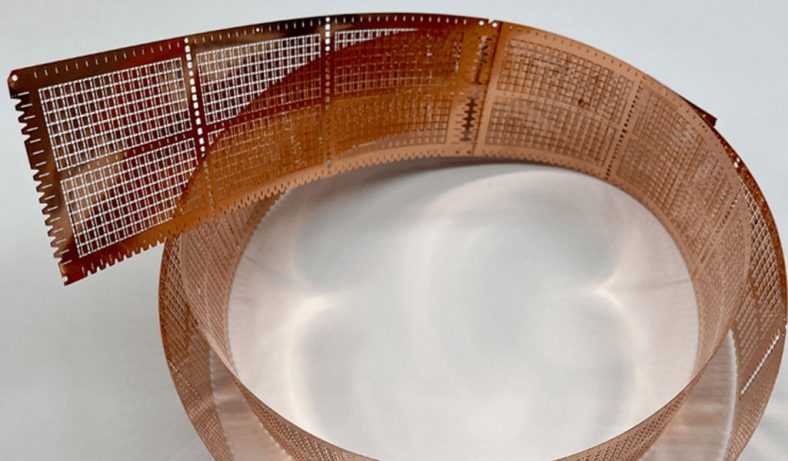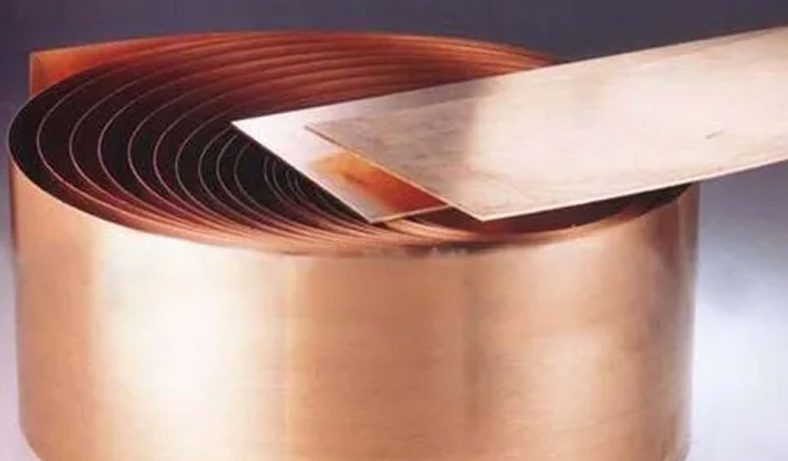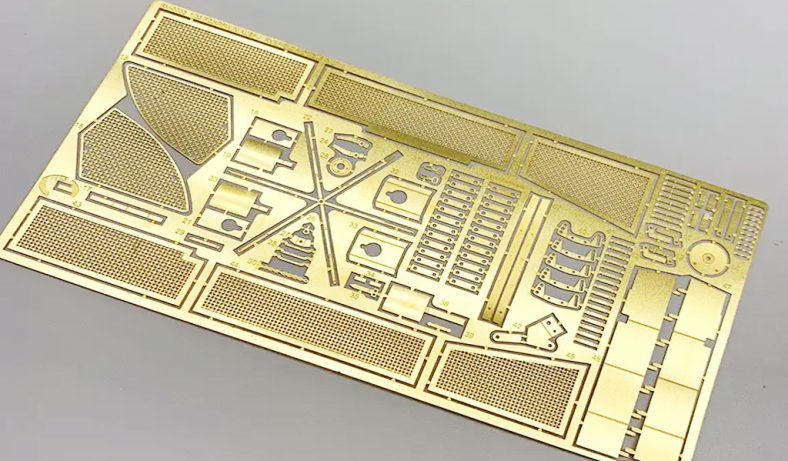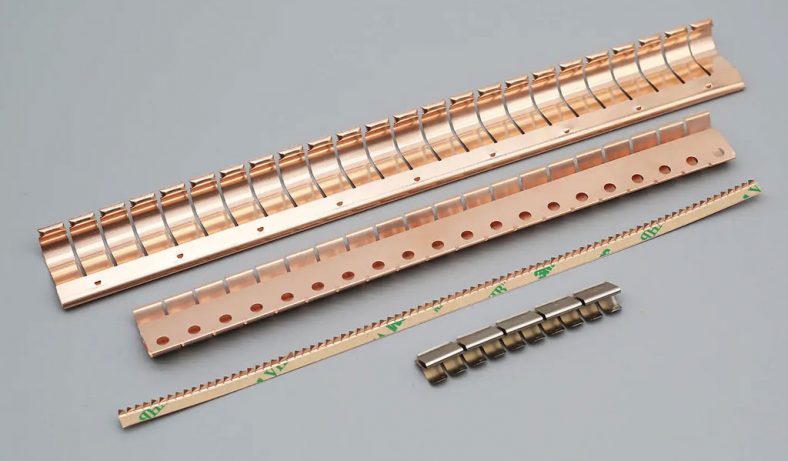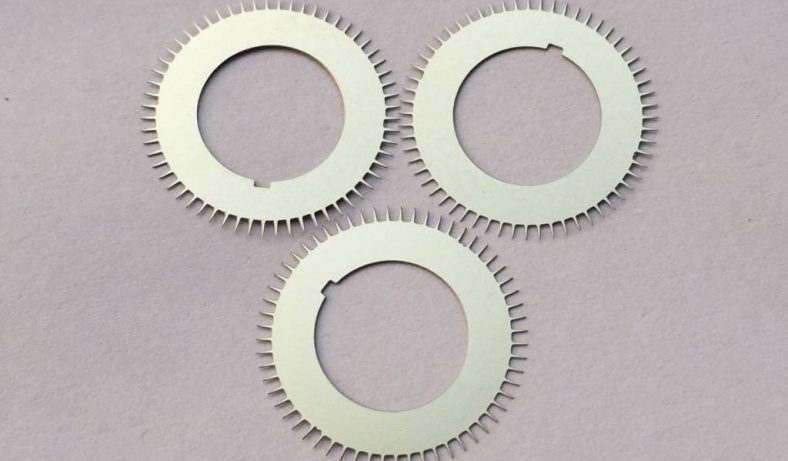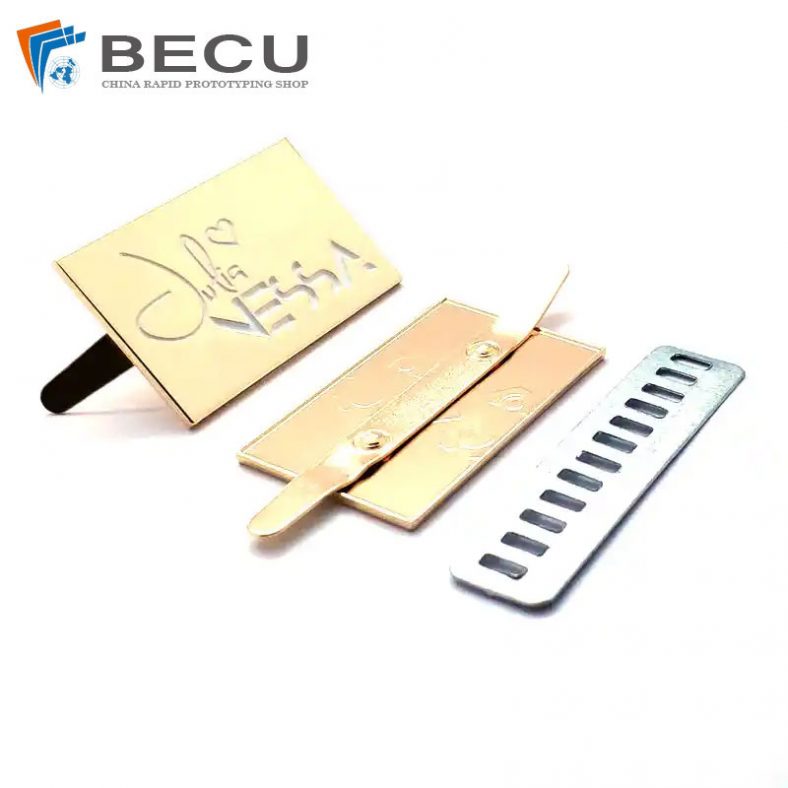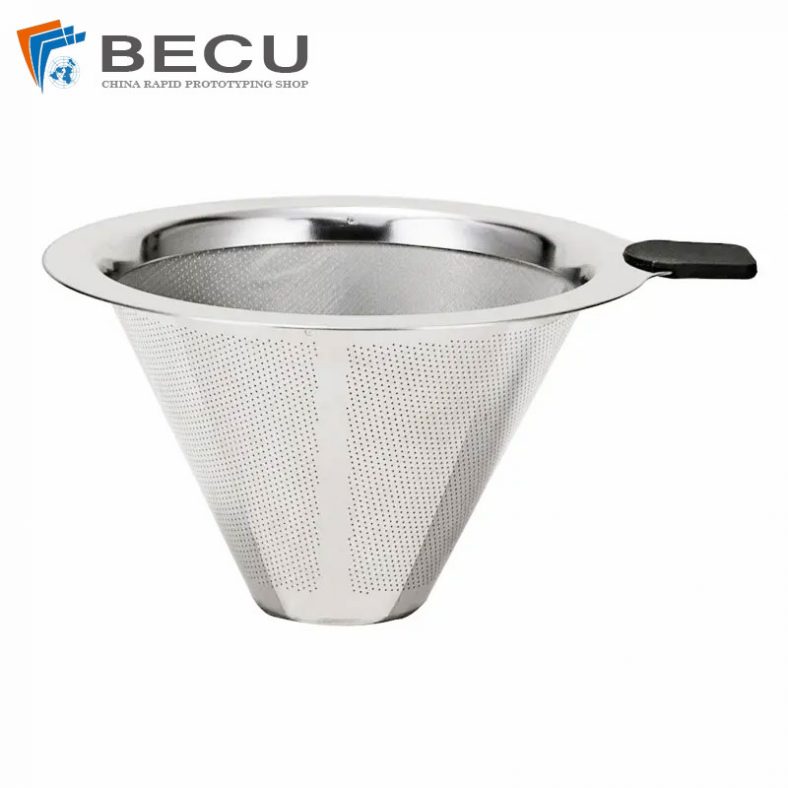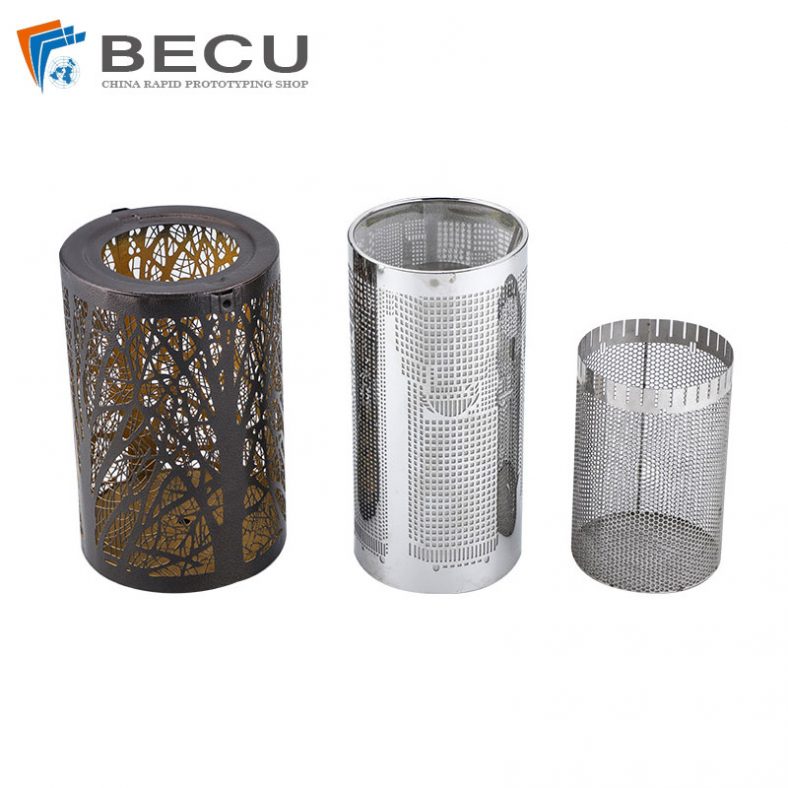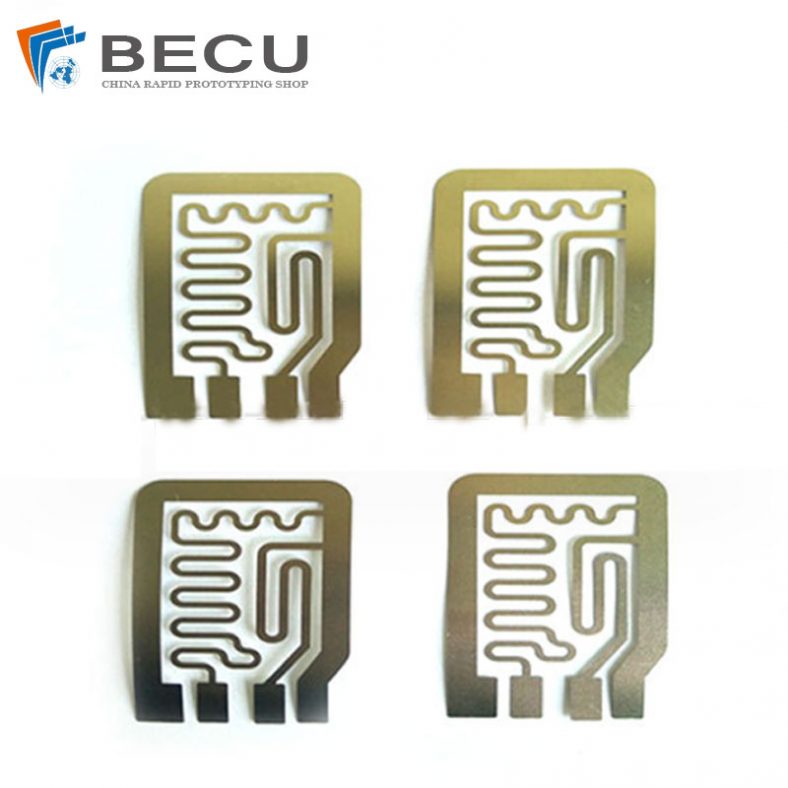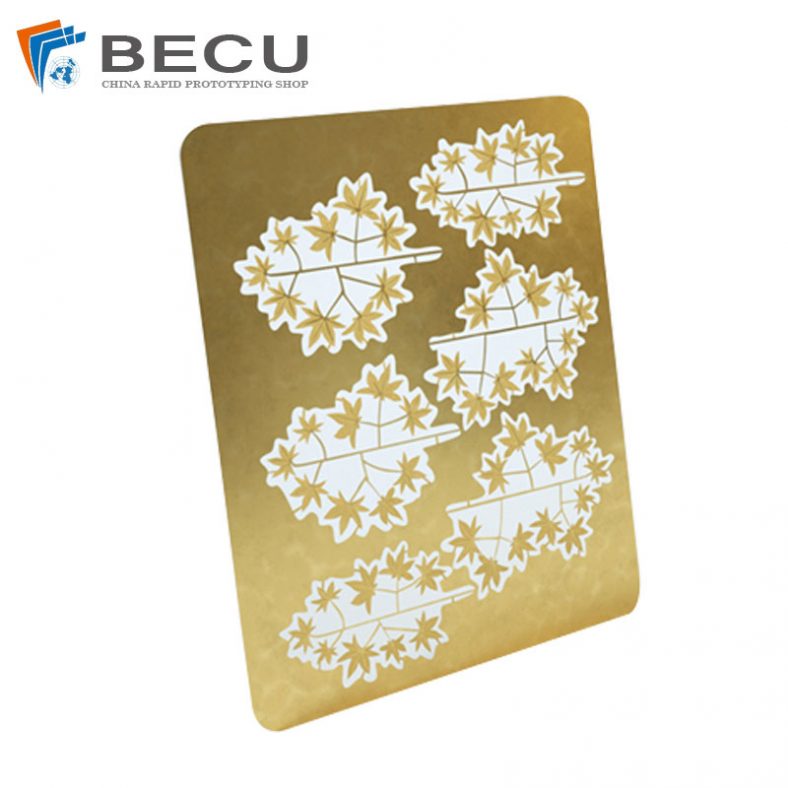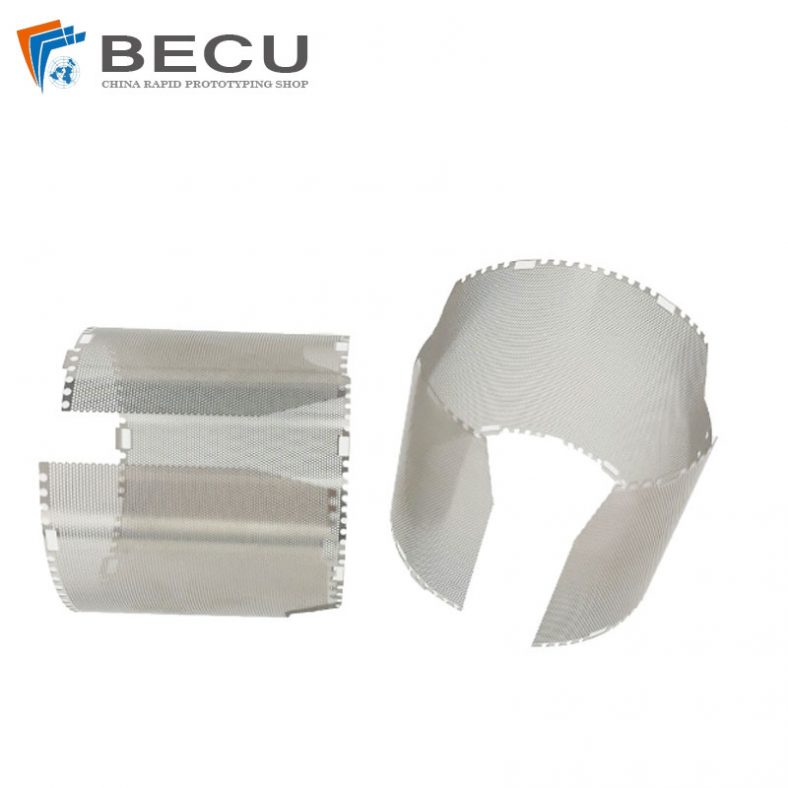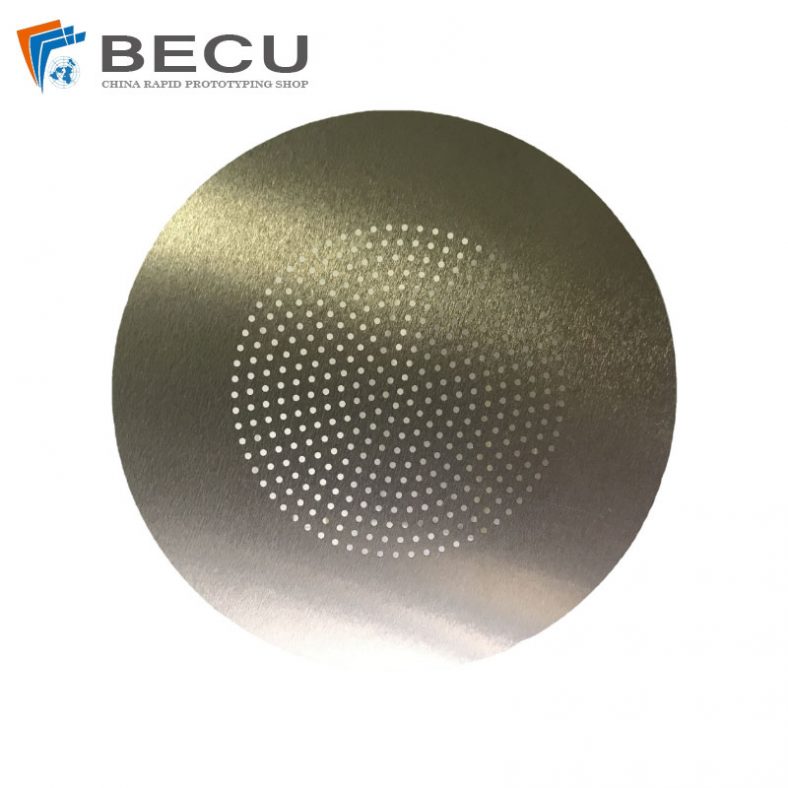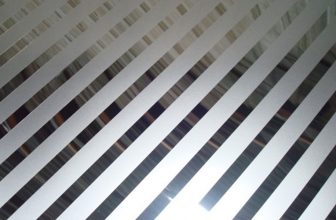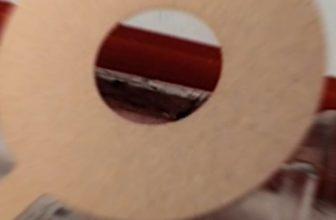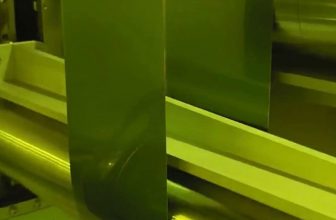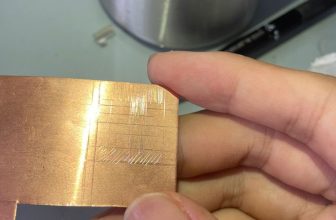Vehicle Identification Number (VIN) etching is a crime prevention measure used in the automotive industry to deter vehicle theft. This practice involves engraving or etching the unique VIN onto the windows and other parts of a vehicle. The primary goal of VIN etching is to make stolen vehicles more difficult and less profitable to resell, thereby reducing the incentive for theft.
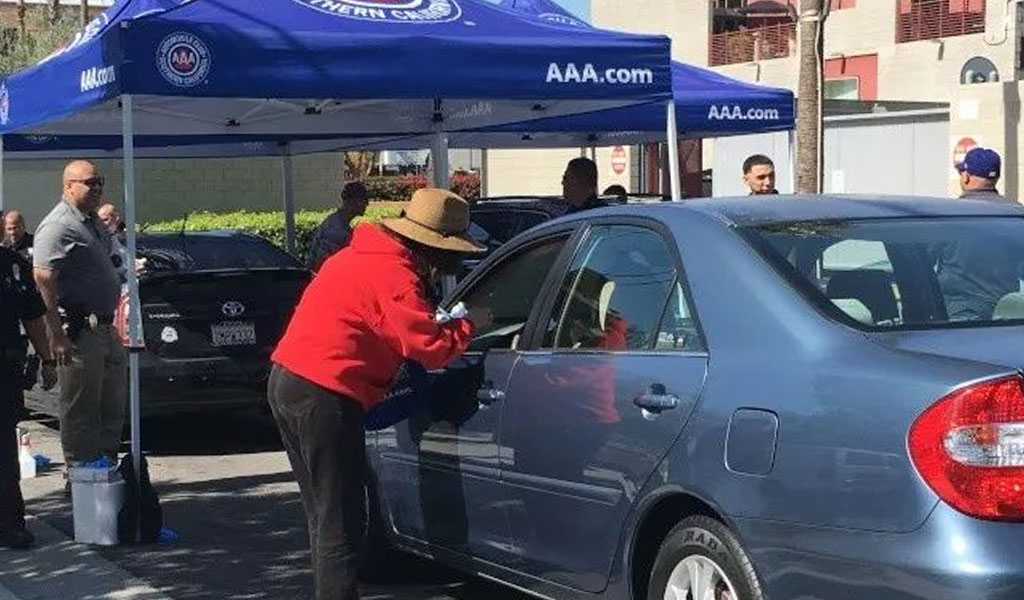
History of VIN Etching
Early Beginnings
VIN etching has its roots in the broader development of vehicle identification and anti-theft technologies. The Vehicle Identification Number itself was standardized globally by the International Organization for Standardization (ISO) in 1981 with the introduction of ISO 3779. The introduction of VIN numbers allowed vehicles to be uniquely identified, facilitating the tracking of stolen vehicles.
Adoption and Popularization
The concept of VIN etching gained traction in the 1980s and 1990s, particularly in the United States. During this period, vehicle theft was a significant issue, and law enforcement agencies, along with insurance companies, began advocating for VIN etching as an effective deterrent. Various states in the U.S. started offering or even mandating VIN etching as part of vehicle registration processes, with some insurance companies offering discounts to vehicles with VIN etched windows.
Technological Advancements
Over the years, VIN etching has evolved with advancements in technology. Modern etching techniques have become more sophisticated, utilizing laser etching and chemical etching processes. These methods are more precise, allowing for the VIN to be etched clearly and permanently on different parts of a vehicle.
The Process of VIN Etching
Materials and Tools Required
VIN etching can be performed using various methods, each requiring specific materials and tools:
- Etching Cream: A chemical substance used to etch the glass surfaces of vehicles.
- Stencils: Pre-cut templates that allow for the precise placement of the VIN on the glass.
- Laser Etching Machines: Advanced equipment used for more precise and permanent etching.
- Protective Gear: Safety equipment such as gloves and goggles to protect the person performing the etching.
Step-by-Step Process
- Preparation: The vehicle’s windows or other parts to be etched are cleaned thoroughly to remove any dirt, grease, or residue that could interfere with the etching process.
- Stencil Placement: The stencil, which is cut to match the vehicle’s VIN, is carefully placed on the window or other surface where the etching will occur. It is essential to ensure that the stencil is aligned correctly to avoid any errors in the VIN’s appearance.
- Application of Etching Cream or Laser: Depending on the method used, either etching cream is applied over the stencil, or a laser etching machine is used to engrave the VIN into the glass. The etching cream is left on the surface for a specific duration to allow the chemical reaction to occur, creating a permanent mark on the glass. If using a laser, the machine is operated according to the manufacturer’s instructions to ensure a precise and lasting etch.
- Removal and Cleaning: After the etching is complete, the stencil is carefully removed, and the area is cleaned to remove any remaining etching cream or debris from the laser etching process.
Professional vs. DIY Etching
While professional VIN etching services are widely available and typically recommended for accuracy and quality, DIY kits are also available for vehicle owners who prefer to perform the etching themselves. These kits generally include all necessary materials, along with instructions on how to complete the process safely and effectively.
Benefits of VIN Etching
Theft Deterrence
The primary benefit of VIN etching is its effectiveness in deterring vehicle theft. Etched windows make it more challenging for thieves to sell a stolen vehicle or its parts because the VIN can be easily traced back to the original owner. The visibility of the etched VIN serves as a clear warning to potential thieves that the vehicle is less profitable to steal.
Insurance Discounts
Many insurance companies recognize the value of VIN etching and offer discounts on vehicle insurance premiums for cars that have undergone the process. These discounts are often provided because VIN-etched vehicles are considered lower risk for theft.
Vehicle Recovery
In the unfortunate event that a VIN-etched vehicle is stolen, the etched VIN can assist law enforcement in recovering the vehicle. The presence of the VIN on multiple parts of the vehicle makes it easier to identify, even if the thieves attempt to alter or remove the original VIN plate.
Legal Compliance
In some jurisdictions, VIN etching is a legal requirement for certain types of vehicles or for vehicles registered in specific areas. Compliance with these regulations ensures that vehicle owners avoid potential fines or penalties.
Drawbacks and Limitations
Effectiveness Debate
While VIN etching is generally regarded as an effective theft deterrent, its overall effectiveness can vary. Some argue that determined thieves may still steal VIN-etched vehicles, either for parts or to resell in markets where the VIN is not checked thoroughly. Additionally, the presence of etched VINs does not prevent a vehicle from being stolen but rather makes it more difficult to resell or alter.
Cost Considerations
For some vehicle owners, the cost of professional VIN etching services may be a deterrent, particularly if they do not receive significant insurance discounts or if they believe the risk of theft is low. However, the cost of etching is generally modest compared to the potential financial loss of a stolen vehicle.
Aesthetic Concerns
Some vehicle owners may be concerned about the aesthetic impact of VIN etching on their vehicles. While the etching is typically small and discreet, there may be concerns about how it affects the appearance of the windows or other etched parts.
Legal and Privacy Issues
There are also legal and privacy considerations associated with VIN etching. In some cases, vehicle owners may be concerned about the potential for their VIN to be exposed or misused if it is visible on multiple parts of the vehicle.
Variations of VIN Etching
Glass Etching
The most common form of VIN etching involves the vehicle’s windows, as glass surfaces are easy to etch and highly visible. This type of etching is often included as a standard service by many dealers and aftermarket providers.
Metal Etching
Some services offer VIN etching on metal parts of the vehicle, such as the engine block, chassis, or other critical components. Metal etching typically requires more advanced techniques, such as laser etching, to ensure a clear and permanent mark.
Invisible Etching
Invisible or covert VIN etching involves etching the VIN onto the vehicle using ultraviolet (UV) ink or other materials that are only visible under specific lighting conditions. This type of etching provides an additional layer of security, making it more difficult for thieves to identify and alter the VIN.
Legal and Regulatory Aspects
United States
In the United States, VIN etching is regulated at both the federal and state levels. While there is no federal mandate for VIN etching, several states have implemented laws requiring or encouraging the practice, particularly in areas with high rates of vehicle theft. For example, New York mandates VIN etching for certain vehicles as part of its anti-theft program.
International Practices
VIN etching is also practiced in other countries, though the regulations and prevalence vary widely. In some countries, such as Canada, VIN etching is commonly recommended by law enforcement and insurance companies. In other regions, the practice is less common, with vehicle owners opting for alternative anti-theft measures.
Compliance and Certification
For professional VIN etching services, compliance with industry standards and certification from relevant authorities can be important for ensuring the quality and legality of the etching process. Certified etching services typically adhere to strict guidelines regarding the placement, size, and clarity of the etched VIN.
VIN Etching in the Automotive Industry
Manufacturers and Dealerships
Many vehicle manufacturers and dealerships offer VIN etching as an optional or standard service. This service is often included in vehicle protection packages that may also include other anti-theft measures, such as alarm systems and tracking devices. Dealerships may also use VIN etching as a selling point, highlighting the added security it provides to potential buyers.
Aftermarket Services
A wide range of aftermarket companies offer VIN etching services, either as standalone offerings or as part of comprehensive vehicle protection plans. These companies often provide mobile services, where the etching can be done at the vehicle owner’s location, or they may operate from fixed service centers.
Insurance Companies
Insurance companies play a significant role in promoting VIN etching, often offering discounts or incentives to customers who opt for the service. Some insurers may partner with etching service providers to offer discounted rates or may include the cost of etching in their policy coverage.
Alternatives to VIN Etching
GPS Tracking and Immobilizers
Modern vehicles often come equipped with GPS tracking systems and engine immobilizers as standard anti-theft features. These technologies allow vehicle owners and law enforcement to track stolen vehicles in real-time and disable the engine remotely to prevent theft.
RFID and Microdot Technology
Radio Frequency Identification (RFID) tags and microdot technology are increasingly being used as alternatives or complements to VIN etching. These technologies involve placing small, traceable tags or dots on various parts of the vehicle, which can be scanned to reveal the vehicle’s identity.
Alarms and Immobilizers
Traditional alarms and engine immobilizers continue to be popular anti-theft devices, either as standalone systems or as part of a broader vehicle protection strategy. These devices focus on preventing theft by alerting the owner or disabling the vehicle’s engine in the event of unauthorized access.
Future Trends and Innovations
Advancements in Etching Technology
As technology continues to evolve, so do the methods used for VIN etching. Laser etching, in particular, is becoming more widespread due to its precision and ability to etch VINs onto various materials, including metals and plastics. Additionally, innovations in chemical etching formulas are making the process faster and more reliable.
Integration with Digital Tracking
There is a growing trend towards integrating VIN etching with digital tracking and identification systems. For example, etched VINs could be linked to digital databases, allowing law enforcement to quickly access a vehicle’s history and ownership information. This integration could further enhance the effectiveness of VIN etching as an anti-theft measure.
Legislative Changes
As vehicle theft tactics evolve, legislation surrounding VIN etching may also change. Future regulations may require more widespread adoption of VIN etching or the development of new standards for the etching process to keep pace with technological advancements.
Public Awareness and Education
Increased public awareness and education efforts are likely to play a crucial role in the future of VIN etching. As consumers become more informed about the benefits and limitations of various anti-theft measures, demand for VIN etching and similar services may grow.
Conclusion
VIN etching remains a valuable and effective tool in the fight against vehicle theft. While it is not a foolproof solution, it provides a significant deterrent to thieves and offers vehicle owners additional peace of mind. As technology and legislation continue to evolve, VIN etching is likely to remain a relevant and important part of vehicle security strategies for years to come.

